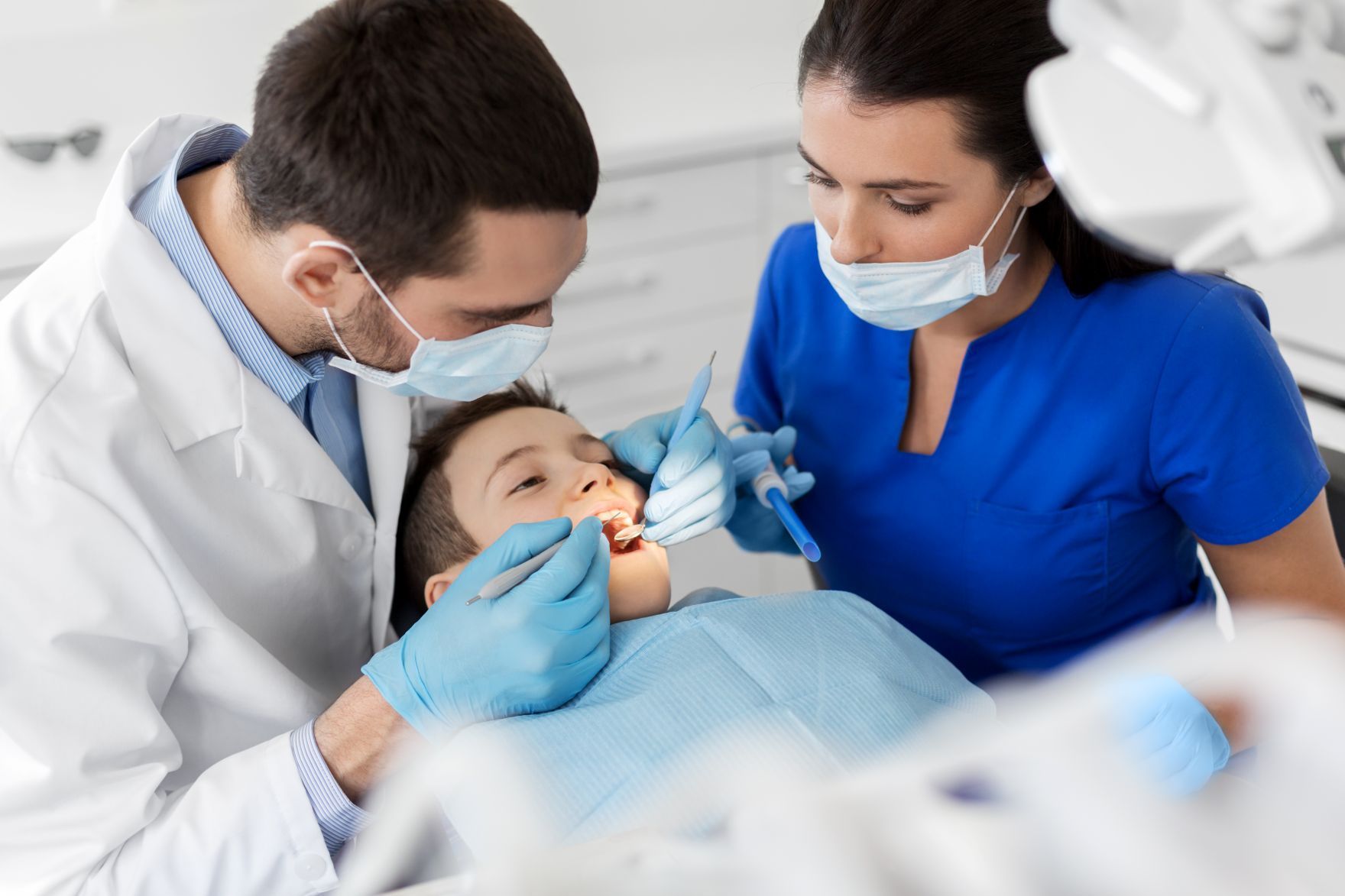Orthodontic Options for Kids in North Carolina

Learn about braces for kids and other orthodontic options for your child’s smile
When it comes to your child's dental health, ensuring they have a straight and functional smile can be crucial for both their confidence and overall well-being. Orthodontic treatment offers numerous solutions to correct misaligned teeth, overcrowded smiles, and bite issues that can affect speech or chewing.
From traditional metal braces to less conspicuous options like clear aligners, the choices are diverse and cater to different needs and preferences. In this post, we delve into the most common orthodontic treatments available, exploring how each method not only enhances the visual appeal of your child’s smile but also improves their oral functionality and health.
Understanding the Importance of Orthodontic Treatment
For many children, crooked or crowded teeth, incorrect jaw development, and misaligned bites can become apparent as they grow. Addressing these issues is vital, not only for aesthetic reasons but also to prevent more severe dental problems in the future. Misaligned teeth can lead to improper bite patterns, uneven wear on teeth, jaw pain, and even difficulties with speech and chewing. Thus, early orthodontic evaluation can set the pathway to a healthier, more confident future for your child.
Traditional Metal Braces
Metal braces are often the first thing people think of when they hear 'orthodontics.' They've been around for decades and continue to be a popular choice, especially for children. Composed of high-grade stainless steel, these braces consist of brackets bonded to each tooth, connected by a wire, and held in place by elastic bands. The orthodontist periodically adjusts the wires to gradually move the teeth into the desired position.
While metal braces are the most noticeable type, they are incredibly effective in treating complex orthodontic issues. They are also often more affordable compared to some modern alternatives. Many kids enjoy customizing their braces with colored bands, making the process more fun and personalized.
Clear Aligners
Clear aligners, such as Invisalign, have revolutionized the world of orthodontics. These are a series of custom-made, clear plastic trays that fit snugly over the teeth. Aligners are typically worn for 20-22 hours a day and are changed every 1-2 weeks to gradually shift teeth into place. They offer the advantage of being almost invisible, allowing kids to maintain a natural appearance during treatment.
Another notable benefit is that aligners can be removed for
eating and
brushing, making
oral hygiene more manageable. However, keep in mind that discipline is crucial—aligners need to be worn diligently to achieve the desired results within the expected time frame.
The Timing of Treatment
Timing is a significant factor when it comes to orthodontic treatment.
The American Association of Orthodontists recommends that children have an orthodontic evaluation by the age of seven. At this age, dentists can identify potential issues with the growth of teeth and jaw development using radiographs and physical examination. Early intervention can prevent more extensive treatment later and can guide the growth of facial and jaw bones.
The Initial Consultation
Your journey will typically begin with an initial consultation. During this consultation, the orthodontist will:
- Examine your child's teeth, jaw, and mouth.
- Take X-rays and possibly make impressions of your child's teeth.
- Discuss the findings and recommend a treatment plan if braces are necessary.
This consultation is a great time to ask questions and understand the expected timeline and costs involved.
Final Thoughts on Orthodontic Care for Kids
Orthodontic treatment not only enhances the visual appeal of a child’s smile but also improves oral functionality and health. A well-aligned bite and well-spaced teeth can lead to easier cleaning and maintenance of oral hygiene, reduced wear on teeth and gums, and even enhanced self-esteem.
Ultimately, the choice of treatment depends on several factors, including the specific orthodontic issue, your child's age, and your preferences regarding aesthetics and cost. Consulting with a qualified orthodontist can help you make an informed decision about the best treatment plan for your child. With the right approach, your child can achieve a lifelong bright, healthy smile.











